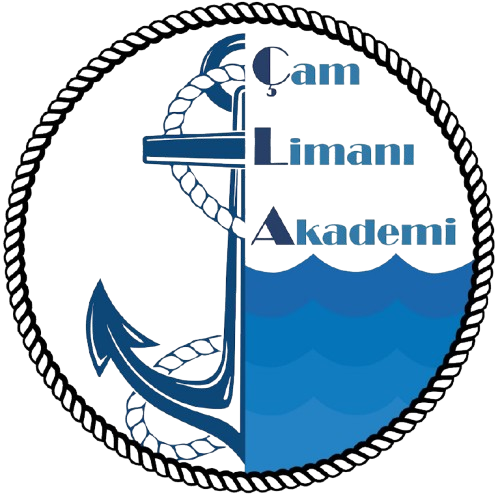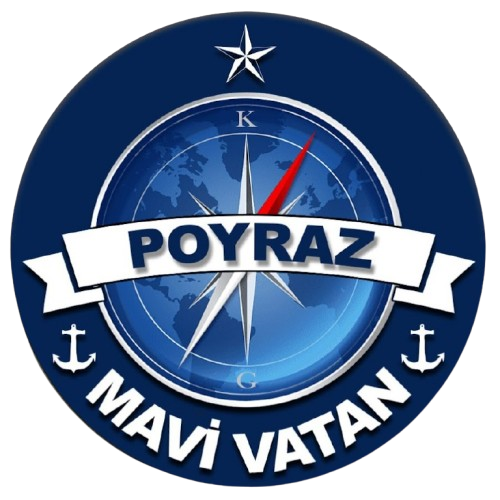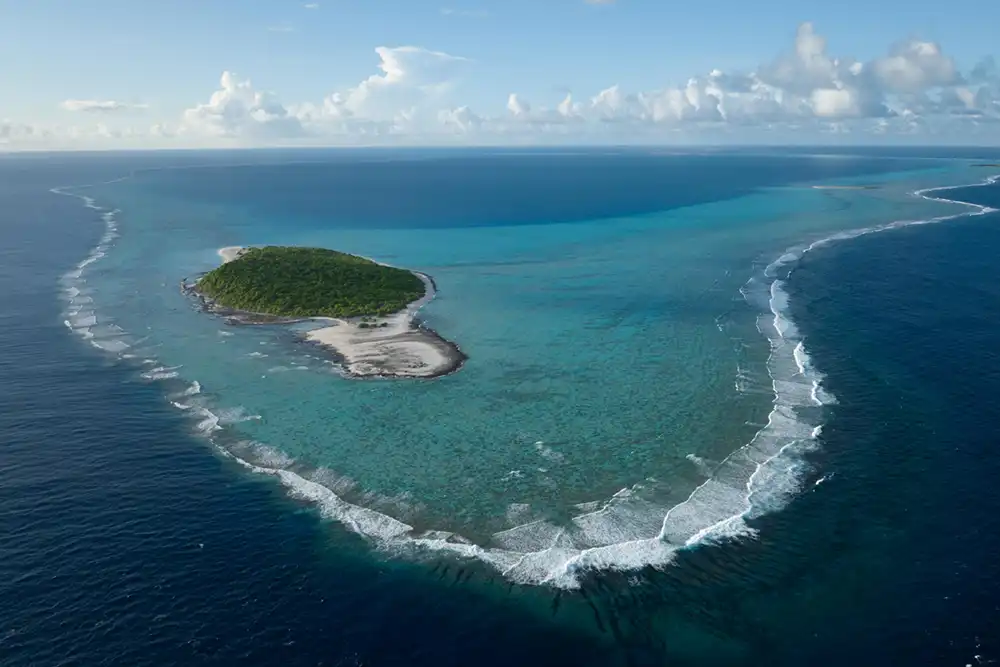
By DIVE Staff
The Republic of the Marshall Islands has announced that it is to implement protection for two of the country’s remote and northernmost isles – a pair of uninhabited atolls known as Bikar and Bokak.
The nation’s first national marine sanctuary — which covers 48,000 square kilometres (18,500 sq mile) of water — is home to the nation’s largest colony of nesting green turtles and several species of shark, and will be fully protected from fishing.
‘The ocean as our ancestors knew it is vanishing,’ said Dr Hilda Heine, President of the Republic of the Marshall Islands. ‘Without sustainable ocean ecosystems, our economy, stability and cultural identity will collapse.
‘The only way to continue benefiting from the ocean’s treasures is to protect it. I am proud of our country’s first marine sanctuary, which certainly won’t be its last.’
The Marshall Islands is introducing the new protections for its atolls as part of a conservation approach known in the native language as ‘Reimaanlok’, which translates to ‘look towards the future.’
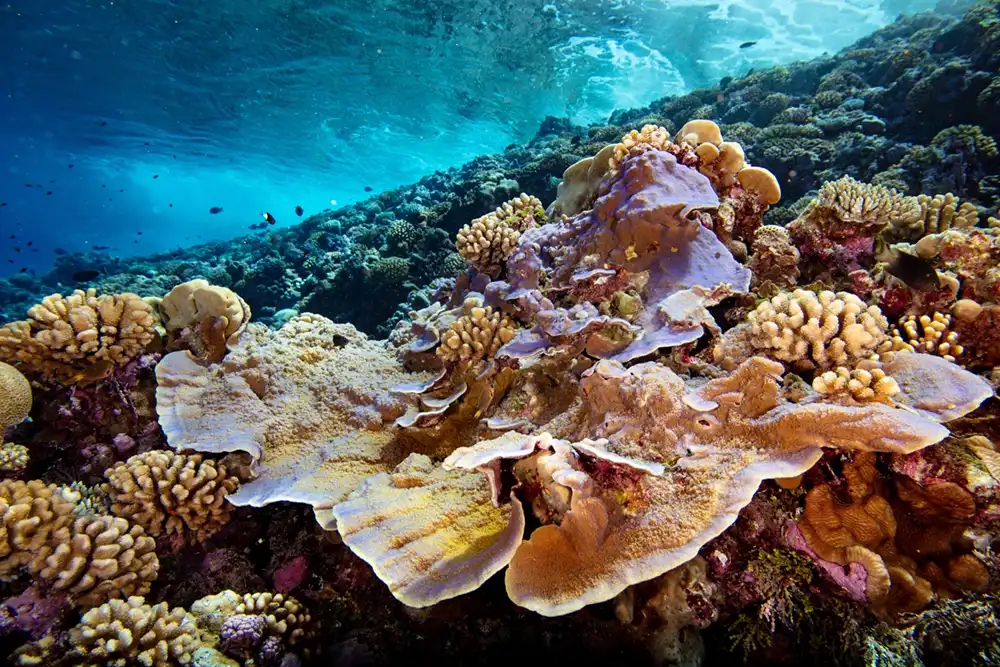
Conservationists behind the creation of the MPA describe the Reimaanlok process as ‘relying on cultural insights and traditional knowledge to drive conservation’, and will involve coastal communities designing their own plans for how best to manage their marine resources sustainably.
‘The ocean is life,’ said Glen Joseph, Director of the Marshall Islands Marine Resources Authority (MIMRA). ‘The world’s ocean is being degraded, but we are able to bring part of it back by recognizing that protection and food production are not mutually exclusive.
‘Safeguarding areas of high biodiversity delivers benefits to local communities who rely on fish and other aspects of a healthy environment. Our future depends on protecting our ocean.’
The announcement follows a 2023 expedition to Bikar and Bokak carried out jointly by National Geographic Pristine Seas and MIMRA.
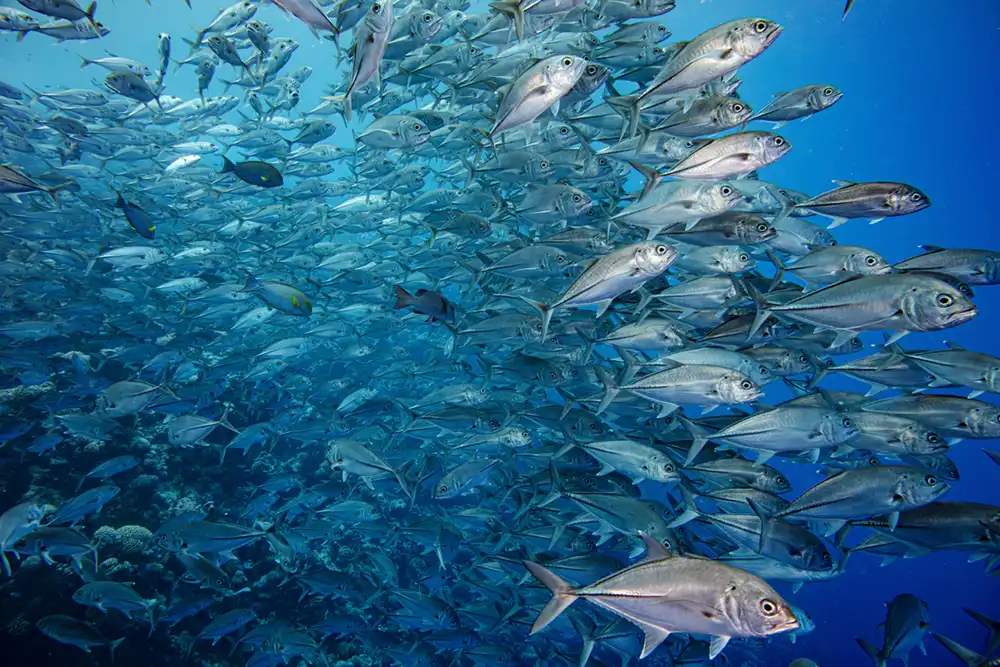
Collaborating with local researchers and government, the teams made 452 scuba dives around Bikar, Bokak, Bikini, and Rongerik atolls to create visual surveys of the coral reefs in the islands’ lagoons and near-shore open water environments.
Cameras and submersibles were used to gather marine life data from depths of up to 2,340 meters in waters further offshore, collecting samples of material for genetic testing. The size and species of the islands’ seabird populations were also studied.
The expedition team found that the reefs around Bikar and Bokak have the highest coral cover in the central and western Pacific, which is highly resilient to changes in water temperature.
The reefs are also home to the largest density of giant clams in the region and the greatest reef fish biomass in the tropical Pacific Ocean. Vulnerable species such as some of the larger groupers, Napoleon wrasse and bumphead parrotfish are abundant, as are several species of shark.
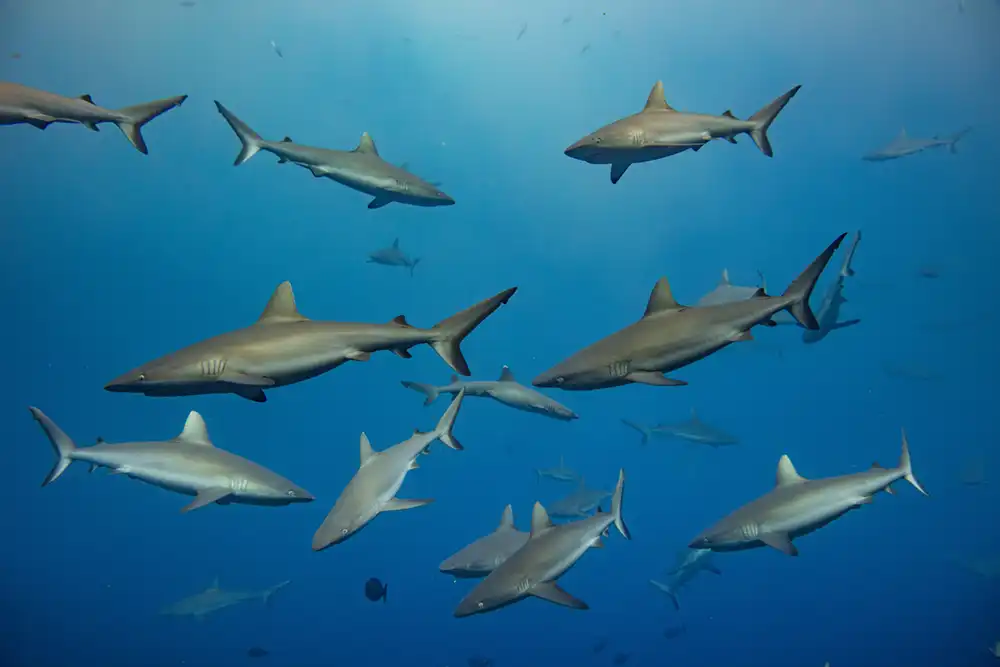
The Marshall Islands also appear to be instrumental as spawning grounds and nurseries for marine life, as not only are they home to a sizeable population of nesting green turtles and sea bird colonies, but several species of fish aggregate around the atolls to spawn, and shark mating behaviour has also been seen within the waters that are now to be protected.
‘Bikar and Bokak’s coral reefs are a time machine, like diving in the ocean of 1,000 years ago,’ said Enric Sala, National Geographic Explorer in Residence and founder of Pristine Seas.
‘In these remote atolls, we saw the healthiest coral, giant clam, and reef fish populations in the central and western Pacific. They are our best baselines for what the ocean could look like if we truly let it be.’
The post Marshall Islands creates first marine protected area appeared first on DIVE Magazine.


